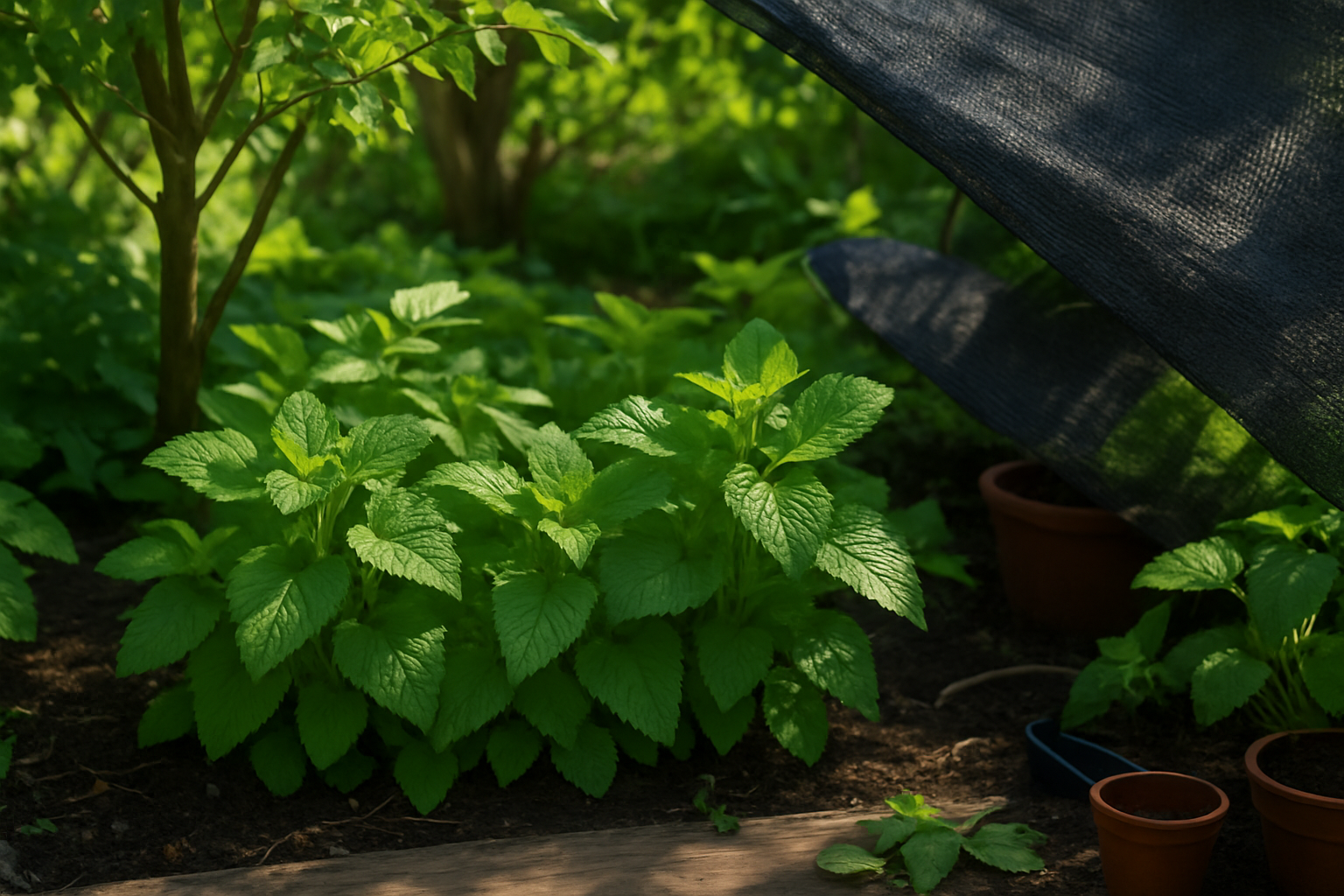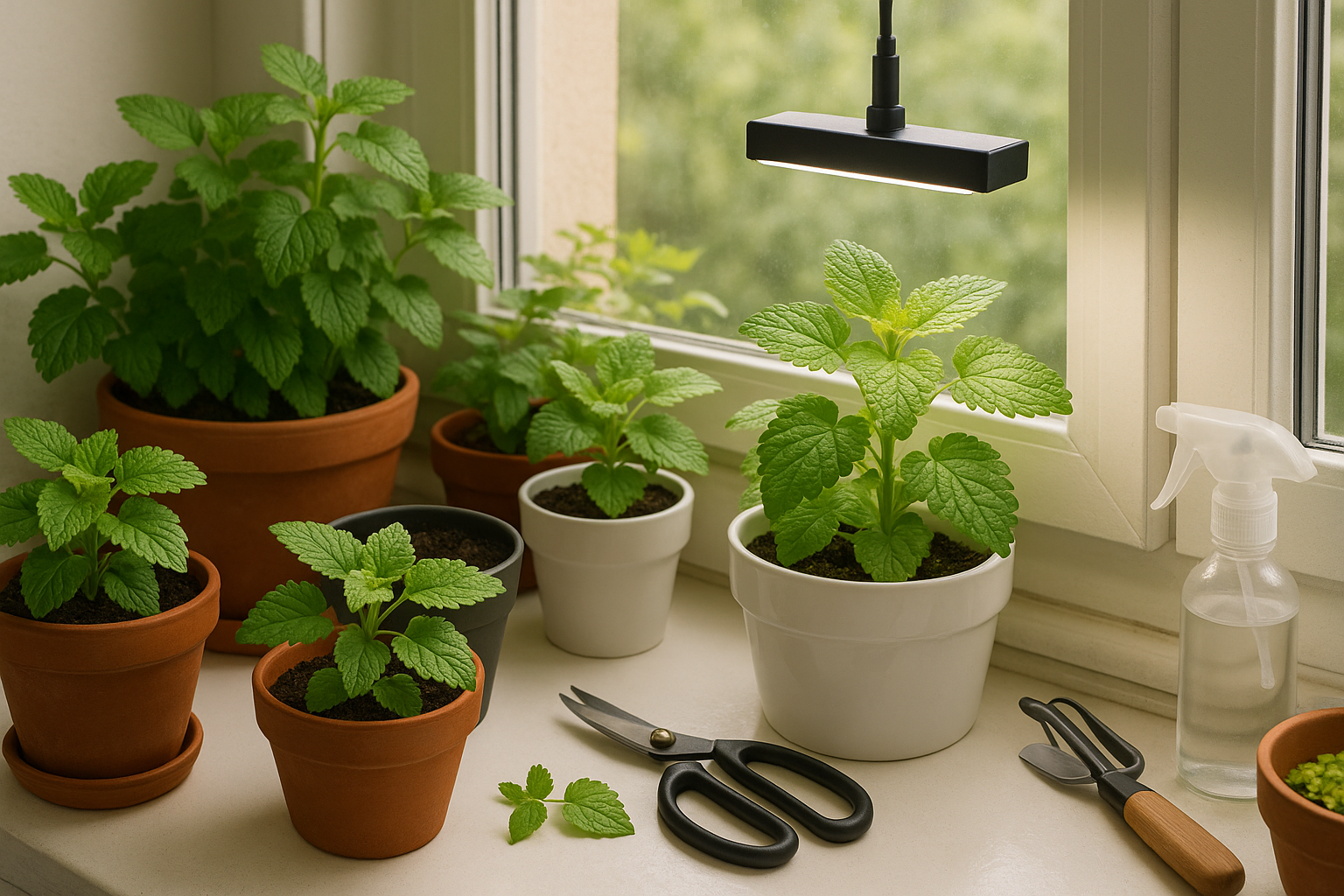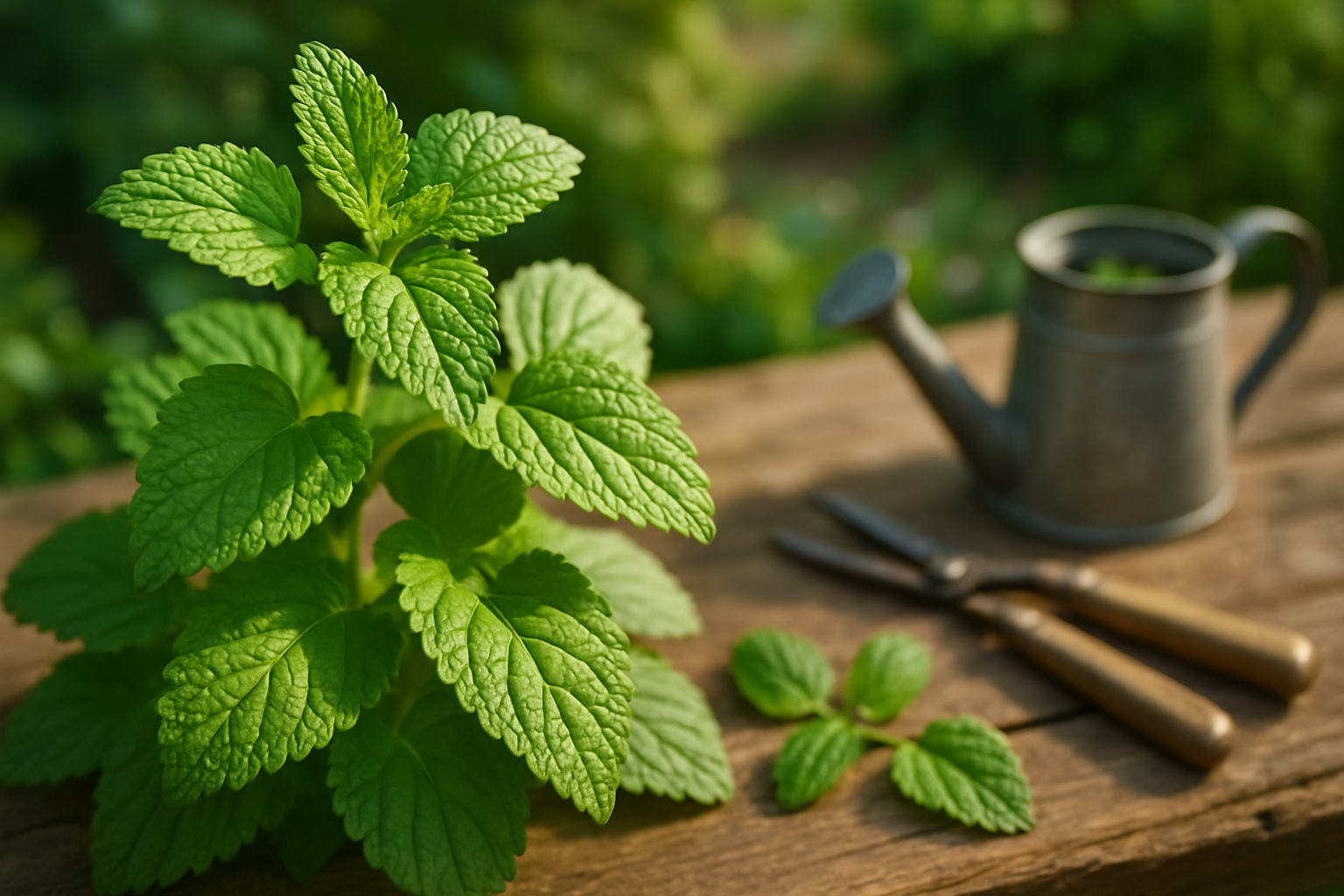Introduction
Lemon balm light needs are often the first detail curious gardeners research when deciding where to place this fragrant, stress-soothing herb. With its bright, citrus-scented leaves and easy-going nature, lemon balm has become a staple in home gardens and on sunny kitchen windowsills everywhere. But while its popularity is clear, getting the light conditions right is absolutely crucial for growing lush, healthy plants.
One common question comes up again and again: does lemon balm thrive best in full sun or shade? If you’re unsure where to tuck your seeds or starter plants, you’re in good company! In this quick guide, we’ll break down everything you need to know about lemon balm’s light needs. We’ll cover whether your herb loves basking in sunshine or prefers a bit of cool respite—and share practical care tips so your lemon balm stays vibrant, happy, and productive all season long.
Understanding Lemon Balm’s Natural Light Preferences

Lemon balm (Melissa officinalis) is a hardy herb native to the Mediterranean and parts of Europe, where it thrives in sunny meadows and lightly wooded areas. These natural environments provide the plant with plenty of dappled light, giving us clues about its preferences in your garden or home.
For best results, lemon balm grows optimally when it receives full sun to partial shade—ideally, about 4–6 hours of sunlight each day. Full sun means the plant is exposed to bright, direct sunlight for most of the day, while partial shade offers a mix of sunlight and filtered or indirect light, often with shelter during the hottest midday hours.
Full shade, on the other hand, means very little direct sun. In these conditions, lemon balm tends to become leggy and less flavorful. If you want a robust plant with high essential oil content and strong flavor, choose a spot with generous morning sun and some afternoon shade.
In particularly hot climates, sheltering the plant from scorching midday sun helps prevent leaf scorch and wilting. Whether you’re growing lemon balm in the ground or in containers, ensuring the right balance of sun and shade will boost not only growth speed but also the richness of its soothing lemon scent and taste.
Full Sun vs. Shade
Growing lemon balm in full sun has its perks—it usually leads to bushier growth, more abundant leaves, and a noticeably stronger citrusy aroma. Sun-drenched plants also tend to produce higher levels of the aromatic oils that make lemon balm popular for tea, garnishes, and herbal remedies. However, intense midday sun, especially in hot climates, can cause the leaves to scorch, yellow, or dry out more quickly. So, it’s crucial to keep the soil consistently moist and consider some afternoon shade if you live in a region with harsh summers.
On the other hand, deep or full shade poses several issues: lemon balm grown in these conditions can become leggy, reach for available light, and lose its compact, attractive form. The leaves might be sparse and less flavorful, resulting in a weak scent and diminished culinary value.
Partial shade—such as dappled sunlight under taller plants or trees—is often the sweet spot, particularly in regions prone to hot summers. Here, lemon balm enjoys protection from the harshest rays but still gets enough light to thrive, staying lush and aromatic without needing constant attention.
When picking a garden spot, opt for an area that receives at least four to six hours of morning or filtered sun, avoiding intense afternoon heat. Indoors, place pots near bright windows, rotating them occasionally to encourage even growth. Watch for signs like pale leaves or leggy stems—they’re clues to adjust your plant’s light for the happiest, most fragrant lemon balm.
How to Grow Healthy Lemon Balm in Your Location

Growing healthy lemon balm is possible almost anywhere if you know how to adjust to your climate. In northern areas with cooler, shorter summers, choose a sunny spot and consider planting lemon balm in pots so you can move them around to chase the sun.
In contrast, gardeners in southern regions often deal with intense midday heat; here, dappled light or partial shade is ideal. You can use a lightweight shade cloth in the afternoon to prevent leaf scorch.
If your location is cloudy or prone to overcast weather, maximize available light by placing pots on reflective surfaces like white patios or near light-colored walls.
For those growing lemon balm indoors, a sunny windowsill facing south works well for most of the year. During the darker months, supplement with a simple LED grow light set 6–12 inches above the plant for 12–16 hours a day.
Keep an eye on your plant’s leaves for clues:
- Pale, leggy growth and downward-pointing stems mean your lemon balm needs more light.
- Scorched, crispy, or bleached-looking patches indicate too much sun.
Adjust the plant’s position, bring outdoor pots inside during extreme weather, or use curtains and shade cloth as needed to keep light levels consistent. By tuning in to your local light conditions and watching your lemon balm’s responses, you can enjoy a lush, fragrant harvest no matter where you garden.
Troubleshooting Common Lemon Balm Light Issues
Spotting light-related issues in lemon balm is simple once you know what to look for. If your plant’s leaves look yellow, scorched, or dry around the edges, that’s often a sign of too much direct sun. Wilting during midday heat can also be a clue.
To fix this, move your lemon balm to a spot with morning sun and afternoon shade, such as a windowsill that gets gentle light or an east-facing patio.
On the other hand, if stems appear long and weak (leggy), and the leaves look pale or sparse, your plant likely needs more light. In this case, try relocating it to a sunnier windowsill or supplement with a grow light for at least 6 hours a day.
Adjusting your watering routine is vital too; lemon balm exposed to lots of light will need more frequent watering to avoid drying out, while those in lower light should be watered less to prevent root rot.
Don’t believe the myth that lemon balm will thrive in any light—although adaptable, it truly flourishes with at least partial sunlight. Watch your plant and respond to its signals for the best results.
Harvesting, Flavor, and Uses
Light plays a crucial role in shaping the flavor and potency of lemon balm. Plants grown in full sun typically develop a more robust lemony aroma and higher essential oil concentrations, resulting in leaves with a stronger flavor for teas or dishes. In contrast, lemon balm grown in partial shade tends to have milder, sweeter notes, which some gardeners prefer for gentler herbal blends.
For the best quality, harvest lemon balm in the morning after the dew has dried but before the midday sun, when essential oils are most concentrated. Use clean scissors to snip stems just above leaf nodes, encouraging bushy regrowth.
Lemon balm shines in a variety of uses:
- Fresh leaves enliven salads, desserts, and cocktails.
- Dried leaves make soothing herbal teas and tinctures.
- Medicinally, it’s valued for its calming and digestive benefits, with plants grown in abundant sunlight generally delivering more potent results.
After harvesting, keep leaves out of direct sunlight to preserve oils and prevent wilting—dry them in a well-ventilated, shaded area for optimal flavor retention. Storing dried lemon balm in airtight containers away from light further ensures that its scent and healing properties last as long as possible.
Conclusion & Quick Tips
Getting the right light is key for healthy lemon balm—aim for full sun to partial shade, depending on your local climate. For best results, plant lemon balm where it gets at least four hours of sunlight daily, but provide afternoon shade if you live in a very hot region.
Mulching around your plants helps retain moisture and keeps roots cool, supporting steady growth. Finally, keep an eye on your lemon balm and adjust its placement if it looks wilted or leggy. Don’t be afraid to experiment—your specific environment might call for a little more sun or shade, so see what works best!
